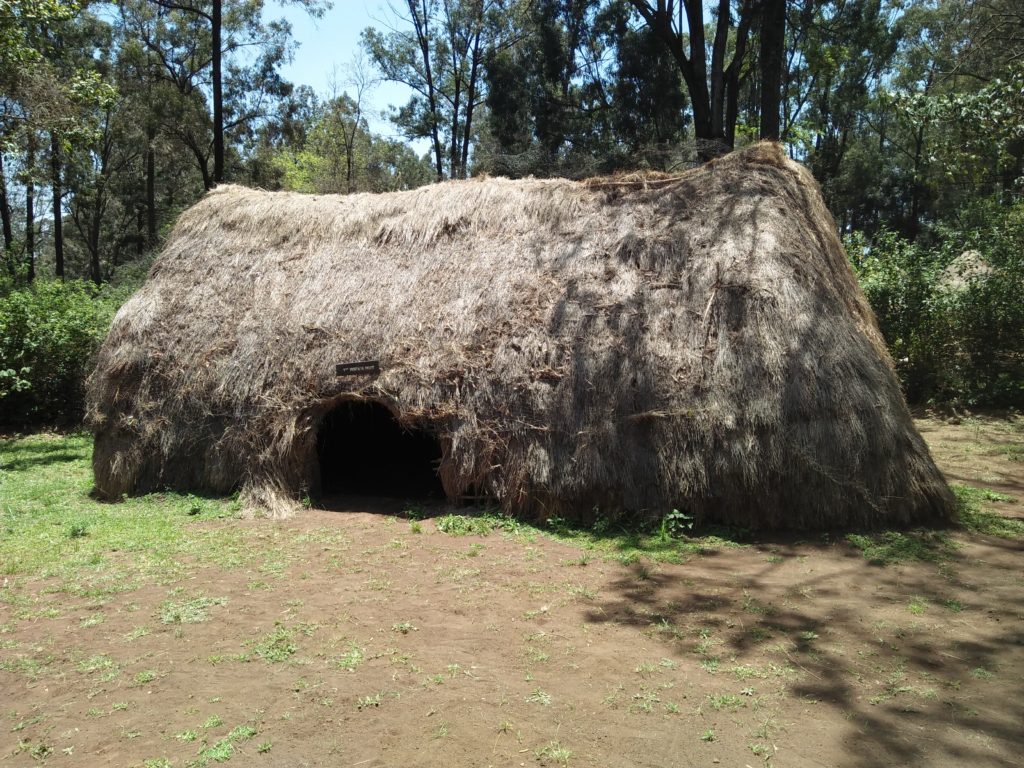
A little over 300 years ago the Mijikenda migrated from Shungwaya, a coastal area in northern Somaliland. Frequent attacks informed this relocation, but they found tranquility several kilometres south. Their new home was still within the Indian Ocean’s vicinity and the decent soils and reliable rainfall meant they could continue with their farming and cattle keeping lifestyle.
As each homestead was set up, a few factors were taken into consideration. For starters, how many houses would the homestead have? – this was determined by the number of wives a man had. Houses were constructed in clusters and surrounded by small gardens or grazing fields. The structure of the houses was usually rectangular, and dry grass was the main material used. The process however began with a number of poles erected. The main post was tied to the beams and thereafter the dry grass was thatched from top to bottom.
Once the homestead was complete, there was a main house, a house for each wife, a guest house and a watch tower that stood higher than the rest and closer to the homestead entrance. Each house was partitioned inside to separate cooking areas from sleeping areas. The main house – where the husband slept – had an additional social activities area.
[The Mijikenda consist of 9 sub tribes: Chonyi, Digo, Duruma, Giriama, Jibana, Kambe, Kauma, Rabai and Ribe]
What do you think about the traditional Mijikenda homes? Have you visited one before?







